What to do with this (rather large) space
skinlab
6 years ago
Featured Answer
Sort by:Oldest
Comments (11)
whitewatervol (Z 8a/7b Upstate SC)
6 years agoYardvaark
6 years agoRelated Professionals
Beachwood Landscape Architects & Landscape Designers · Finneytown Landscape Architects & Landscape Designers · Cudahy Landscape Contractors · Deerfield Beach Landscape Contractors · Lehigh Acres Landscape Contractors · Newberg Landscape Contractors · Coronado Decks, Patios & Outdoor Enclosures · Elkridge Decks, Patios & Outdoor Enclosures · Aberdeen Decks, Patios & Outdoor Enclosures · Hampton Bays Decks, Patios & Outdoor Enclosures · Justice Decks, Patios & Outdoor Enclosures · Liberty Decks, Patios & Outdoor Enclosures · Manchester Decks, Patios & Outdoor Enclosures · Rosemont Decks, Patios & Outdoor Enclosures · Las Vegas Swimming Pool Builderswhitewatervol (Z 8a/7b Upstate SC)
6 years agomad_gallica (z5 Eastern NY)
6 years agolittlebug zone 5 Missouri
6 years agoskinlab
6 years agoskinlab
6 years agoYardvaark
6 years agol pinkmountain
6 years ago
Related Stories
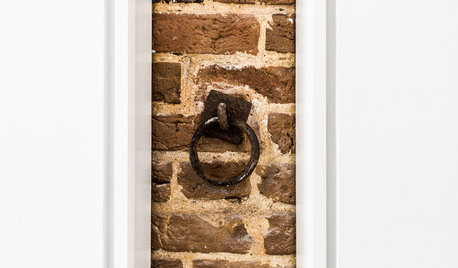
LIFEYou Said It: ‘Rather Than Remove Them, They Framed Them’
Design advice, inspiration and observations that struck a chord this week
Full Story
LIVING ROOMSRoom of the Day: Strategies for Laying Out a Large Space
A designer helps a New York City homeowner make sense of her living room after it doubles in size
Full Story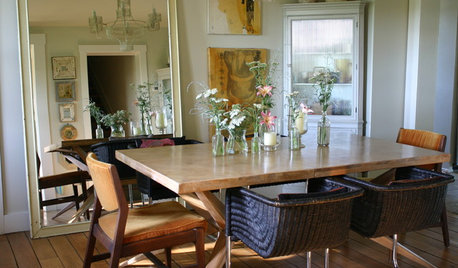
DECORATING GUIDESLarge-Scale Pieces Give Small Rooms Massive Style
Work bigger elements into a diminutive space and watch its design cred grow by leaps and bounds
Full Story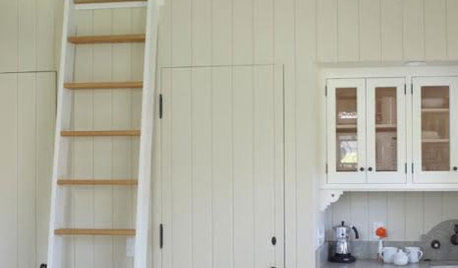
SMALL HOMESEasy Green: 10 Tiny Homes That Live Large
Go ahead, micromanage. These 10 inventive spaces show how to pack a lot of living and style into small square footage
Full Story
BEDROOMS10 Ways to Create a Dressing Area Large or Small
Consider these ideas for carving out space in a corner of your bedroom, bathroom or closet
Full Story
DECORATING GUIDES13 Strategies for Making a Large Room Feel Comfortable
Bigger spaces come with their own layout and decorating challenges. These ideas can help
Full Story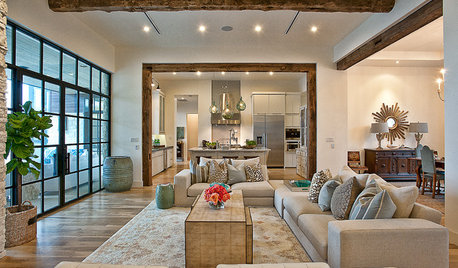
LIVING ROOMSLay Out Your Living Room: Floor Plan Ideas for Rooms Small to Large
Take the guesswork — and backbreaking experimenting — out of furniture arranging with these living room layout concepts
Full Story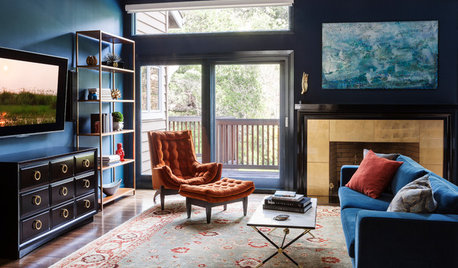
TRANSITIONAL STYLERoom of the Day: Dramatic Redesign Brings Intimacy to a Large Room
The daunting size of the living room once repelled this young family, but thanks to a new design, it’s now their favorite room in the house
Full Story
PRODUCT PICKSGuest Picks: Large Artwork for Your Space
Go big with 20 large-scale art finds for every room in the house
Full Story







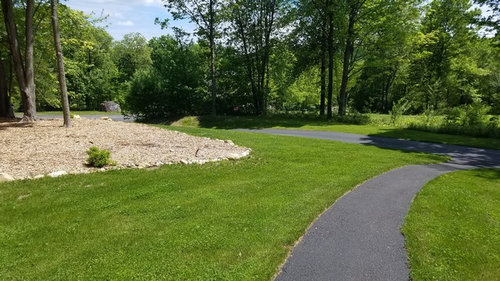
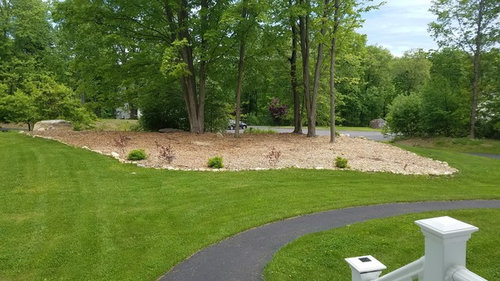

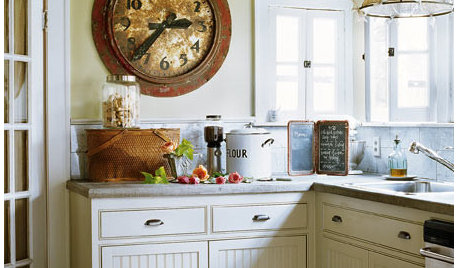

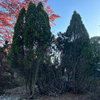

Yardvaark